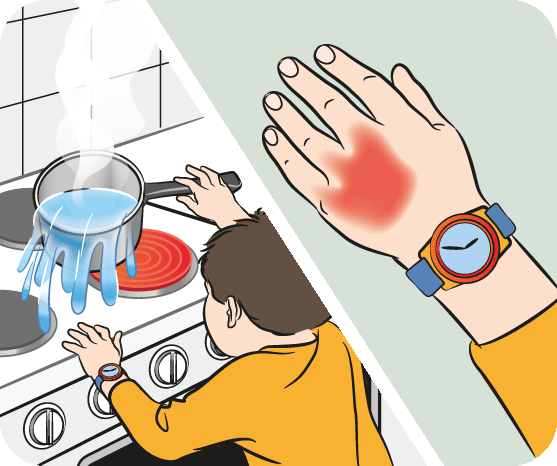
Burns are common injuries that can occur in various situations, from a simple accident in the kitchen to more severe incidents involving fire or chemicals. Knowing how to administer proper first aid for burns is crucial to minimise damage and promote faster healing. In this blog post, we will provide you with essential guidelines for immediate response and initial treatment for burns.
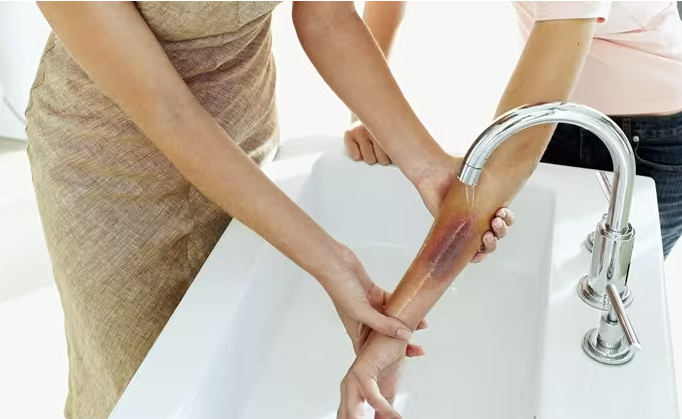
1. Assessing the Severity of a Burn:
Before proceeding with any first aid measures, it is essential to determine the severity of the burn. Burns are classified into three categories:
- First-degree burns: These are superficial burns that affect the outer layer of the skin (epidermis). They are characterized by redness, mild swelling, and pain but do not result in blisters.
- Second-degree burns: These burns affect both the epidermis and the underlying layer of skin (dermis). They cause redness, blistering, swelling, and severe pain.
- Third-degree burns: The most severe type of burn, these extend through all layers of the skin and may involve underlying tissues. Third-degree burns appear charred, white, or blackened and can be accompanied by numbness due to nerve damage.
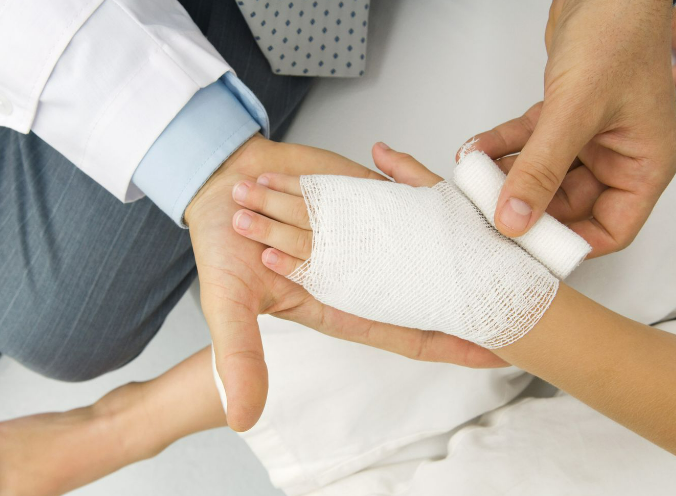
2. Immediate First Aid for Burns:
Regardless of the severity of the burn, the following steps should be taken immediately:
- Ensure personal safety: Before assisting the burn victim, ensure your own safety by removing them from the source of the burn or turning off the power, if applicable.
- Stop the burning process: If the burn is caused by heat or fire, remove the person from the source of the burn and smother flames with a blanket or by rolling them on the ground (if necessary). For chemical burns, rinse the affected area with cool running water for at least 20 minutes.
- Remove restrictive items: If there are any jewellery, clothing, or accessories near the burn site, carefully remove them to prevent further injury due to swelling.
- Cool the burn: Run cool (not cold) water over the burn for about 10-20 minutes or until the pain subsides. Avoid using ice or very cold water, as it may worsen the injury.
- Cover the burn: Once cooled, cover the burn with a sterile, non-stick dressing such as cling wrap or a saline or water soaked dressing.
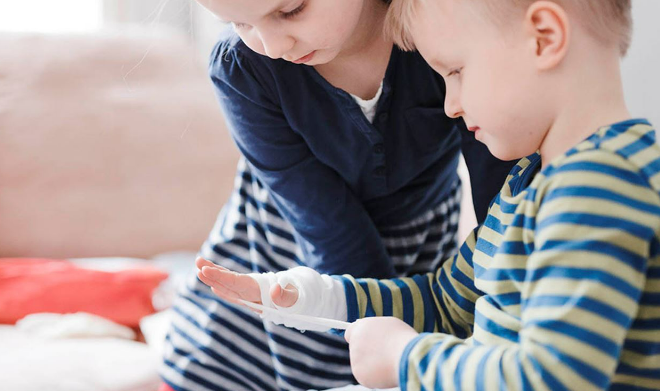
3. When to Seek Medical Attention:
While minor burns can usually be managed with first aid at home, certain burn cases require immediate medical attention. It is recommended to seek medical help in the following situations:
– The burn affects the face, hands, feet, genitals, or major joints.
– The burn covers a large area of the body.
– The burn is a third-degree burn or shows signs of infection (increased pain, redness, swelling, or pus).
– The burn results from chemicals, electricity, or radiation.
– The burn causes difficulty in breathing.
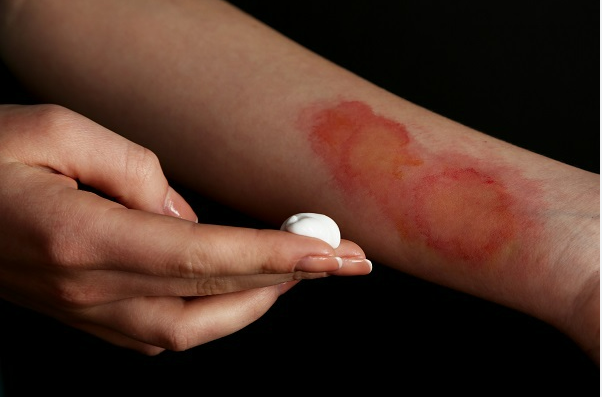
4. Additional Tips:
Here are a few extra tips to keep in mind:
– Do not pop or burst blisters that develop from burns, as they act as natural barriers against infection.
– Avoid applying adhesive bandages or sticky substances directly to the burn.
– Over-the-counter pain relievers like ibuprofen can help alleviate pain and reduce inflammation, but consult a medical professional before using them.
– Keep the burn clean and dry during the healing process.
– Follow up with a healthcare professional for further evaluation and treatment, if necessary.
Knowing how to provide immediate first aid for burns is crucial in minimising damage and promoting faster healing. By following the steps outlined in this blog post, you can effectively respond to burns and provide the necessary care until medical help is available. Remember, when in doubt, always seek professional medical attention to ensure the best possible care for burn injuries.
